A brief analysis of research on new teaching methods for exceptional children based on augmented reality technology - Dr. Wu Chaozhi
2021-01-19
A brief analysis of new teaching methods for special children based on augmented reality technology
Teaching, as a kind of practice, is always carried out in a certain situation. The continuous innovation and diversification of teaching situation have an effective, powerful and beneficial influence on the development of teaching tasks. Therefore, the theory and practice of situational teaching have made outstanding achievements in the field of basic education in China, and have been widely recognized, followed and developed. However, with the rapid development of information technology, virtual situation teaching has become a promising new teaching method. Augmented Reality (AR) technology can be integrated into the educational environment, enabling students to obtain a visual and immersive learning experience, breaking the traditional barriers of virtual and real education, and providing new opportunities and ways for learning.
For special children with intellectual disabilities (hereinafter referred to as special children), the application of virtual situation in the field of special education, or the active embrace and proper use of this technological achievement in the field of special education, will bring epoch-making innovation in the educational landscape. However, it must be admitted that, for special children groups, learning theory research and practical exploration in virtual situation has just started, there are mainly, but not limited to the following problems: 1. on the basis of virtual situation curriculum development and the corresponding mode, still need to be studied; (2) The possible ways to design and implement the virtual situation teaching intervention need to be further explored; 3. Evidence-based and evaluation methods, practicability and effectiveness of virtual situation teaching intervention should be comprehensively evaluated.
First, the course design of virtual situation
In view of the special children's group of individual differences, the complexity and particularity of obstacle degree and the deepening and the corresponding curriculum development concept, virtual situation curriculum design should not only learn the basic thoughts of curriculum theory, draw lessons from the ordinary primary and secondary school curriculum design practices, more want to combine the particularity of the group and the complexity of special education, to carry on the design and development of targeted, can satisfy the needs of such children.
It mainly includes curriculum objectives, curriculum ideas, curriculum elements, curriculum organization, etc. In terms of course objectives, based on children's physical and mental development, taking into account education and rehabilitation, the comprehensive practice of virtual situation curriculum is developed. In terms of curriculum design concept, the value orientation of children's virtual situation curriculum design is adaptive development, life adaptation, technology assistance and core literacy. In the aspect of course design elements, the structure model of virtual situation course elements is constructed, which follows the organic combination and mutual coordination of five elements including learning situation analysis, goal formulation, content selection, situation creation and function evaluation. Each element should consider the function and feasibility of other elements in the design. In terms of course organization, the course structure of "one body and two wings" is constructed with "teaching and health integration" as the goal and "potential development" and "defect compensation" as two kinds of contents.
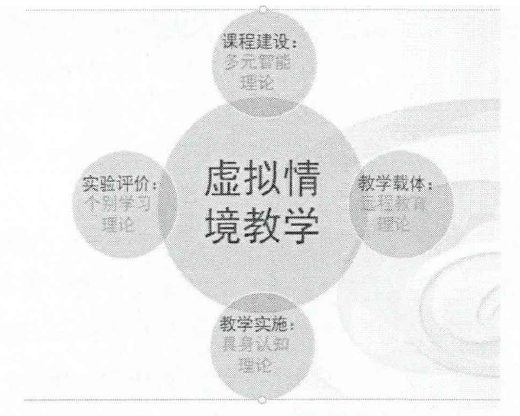
Figure 1 Diagram
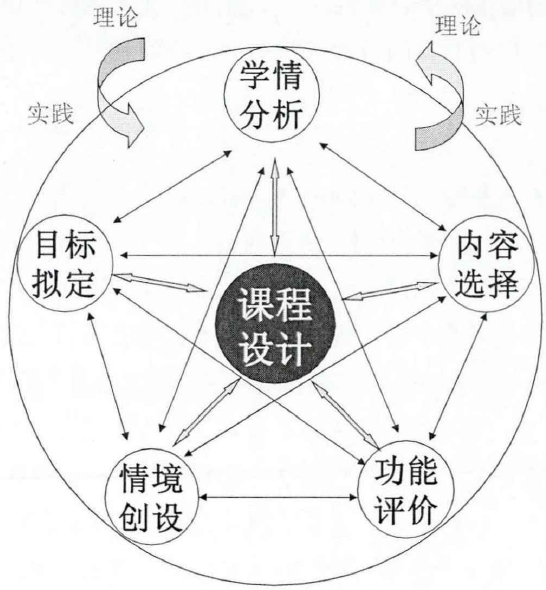
Figure 2. Virtual context curriculum element model for exceptional children
Second, the implementation of virtual situation teaching
From the perspective of practical needs, special children with cerebral palsy need more upper limb motor ability training, in order to better meet the needs of life and learning. The traditional rehabilitation training mode assisted by manual operation or simple rehabilitation training equipment is monotonous and inefficient, and it is difficult to meet the needs of the healthy growth of special children. Therefore, the rehabilitation training form of this special group of children needs to be adjusted urgently. Studies have shown that by mobilizing the enthusiasm of training for children with cerebral palsy and improving the participation of training, the rehabilitation effect can be effectively improved. And the muscles are better trained when more units of movement are involved in the completion of the action.
Firstly, the personalized teaching platform carrier of special children under the information environment is developed to realize the typical application functions of ecological assessment, curriculum formulation, teaching implementation and comprehensive evaluation in the teaching implementation of special children group. Secondly, according to the organization and classification of virtual situation courses, the concept, characteristics and implementation strategies of "potential development" and "defect compensation" are explained respectively. Finally, the virtual situation teaching implementation for "potential development" and "defect compensation" is carried out, teaching reflection is carried out, and optimization scheme is put forward. In this way, we can overcome the disadvantages of the previous research, which emphasizes theoretical speculation and ignores rooted practice, and complete the real teaching in accordance with students' aptitude, as well as the construction and implementation of the information teaching carrier in children's personalized education.
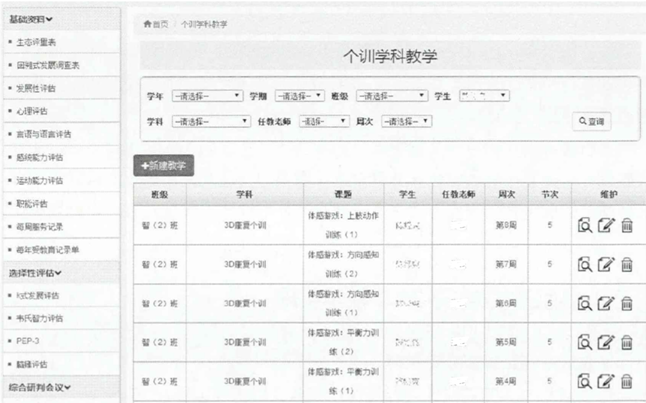
Figure 3. Personalized teaching content for special children
Third, the evaluation of virtual situation teaching
In 2007 the World Health Organisation (WHO) published the International Classification of Functioning, Disability and Health, Children and Youth Version (ICF-CY), a system of Health and functional performance for Children and adolescents. ICF-CY uses a systematic scale to assess the status of four aspects of special children and adolescents. The ICF-CY scale describes function, disability and background factors in a four-layer coding manner in a pyramid structure. It contains four components in total, including: physical function (represented by the letter B), and 8 chapters including mental function, sensory function and pain, pronunciation and speech function. Body structure (represented by the letter S), including 8 chapters on the structure of the nervous system, the structure of the eyes and ears and related structures, and the structure related to movement; Activities and Participation (represented by the letter D), including learning and application of knowledge, general tasks and requirements, communication, self-care and other 9 chapters; Environmental factors (represented by letter E), including products and technology, attitudes, service constitution and policies, etc. 5 chapters. Each chapter is coded from Level 1 to Level 3 or 4, with more detailed and detailed descriptions as you go down the hierarchy.
ICF-CY is an important tool in the evaluation of education and rehabilitation for special children. It provides a scientific theoretical framework, specific evaluation contents and a standardized terminology system for the evaluation. It can be used in the evaluation stage of the experiment of education and rehabilitation of special children based on virtual situation. However, the item system in ICF-CY is too large, and part of the content is not suitable for education rehabilitation evaluation. In addition, the scoring rules of its items are relatively vague, which is likely to produce a large rater effect. Therefore, in this study, we decided to develop the ICF-CY self-care item scale and apply it to the follow-up evaluation of a single subject experiment. Adhere to the concept of ICF, the self-care item scale screened and compiled based on the theoretical framework of ICF-CY can conduct a scientific and comprehensive assessment of the physical function and structure, activities and participation, background factors and other aspects of exceptional children.
(1) Purpose of evaluation
During the training of the body-sense game, the corresponding training target will be selected according to the characteristics of the special children with cerebral palsy, and the "Warm Up" module in the virtual situation developed by Microsoft Corp based on Kinect "Your Ship S S Fitness Coefficients 2012" will be used to conduct the intervention. The evaluation will also be selected according to its characteristics and the content of the training. This study investigated the improvement of motor coordination in special children with cerebral palsy under the intervention of virtual situation. The coordination of sports ability means that the body acts on muscle groups at the right time, in the right direction and speed of movement, and in a stable and rhythmic manner.
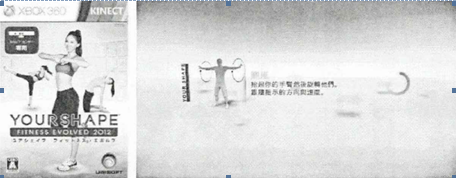
Figure 4 "Warm Up" interface of the virtual situation of "Your Shape Evolution 2012 Hurricane"
(2) Evaluation indicators
(b) from the body function, body structure (s), activities, and participate in (d) (e), environmental factors analysis and identify four areas of indexes and the final selection d4 (activities) as the first level indicators, to d445 (the use of hand and arm) as the second-level indexes, with "d4453 (turn or rotate the hand or arm) as the third grade index mark, second-level evaluation content enough" with their fingers, hands and arms rotating bending, rotation or an object. In the "warm up" module of rehabilitation training in virtual situation, this indicator can be understood as "encouraging" action. Criteria: in ICF - CY scale for study and after finishing, combined with the characteristics of the students "activity - to participate in" field filtered part entry and refinement, while maintaining the original rules items barcode according to the students on the basis of the situation, increase the five item description, weights for specific rating, 0, there is no obstacle, can independently accomplish the arm moves up and down; 1, both hands and arms can do the action, but the strength is not enough, the obstacle degree is less than 25%; 2, one arm can complete, the other arm has obvious difficulties, the obstacle degree is less than 50%; 3, part of the hand can be completed, can not use the arm to complete, complete without strength, need the help of others to complete, the degree of obstacles within 50-95%; 4. Not at all.
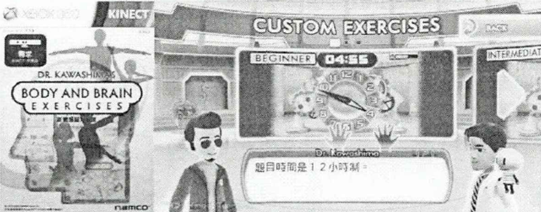
Figure 5: New Sensory Brain Exercise: Sensory Game of Time Sway
Dr. Kawashima's Body And Brain Exercises is a game that uses Body movements to challenge a variety of problems And tests "Brain age." "Picking the Time" is one of the cognitive math mini-games. The game requires students to be able to read the time and use their arms as an hour hand and a minute hand according to the time provided. The game not only trains the students' time reading ability, but also trains the students' arm control and hand-eye coordination ability.
(3) Evaluation methods
The researchers in this study were composed of the examiner himself and the teachers of the school assessment group. Both of the two assessment teachers had received professional training in education diagnosis and assessment for special children, as well as ICF-CY assessment skills training.
1) test method
During the whole process of the experiment, two evaluators tracked and evaluated the upper limb motor ability of the subjects according to the evaluation items and their assigned values, so as to understand the changes of their upper limb motor ability under the intervention of the virtual situation.
(2) the interview method
By interviewing the teachers, head teachers and parents of the students in the case, the development status and characteristics of the upper limb motor ability of the subjects, as well as the changes of their motor ability in school and family life were understood.
